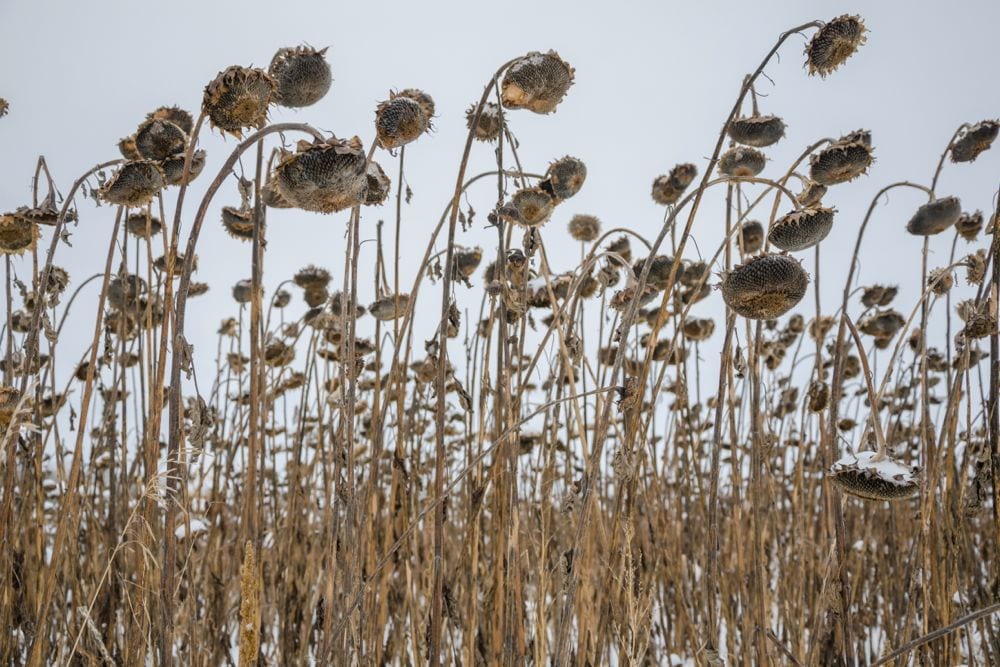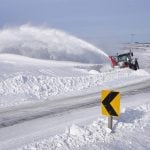MarketsFarm — The frigid conditions which had enveloped the Prairie provinces in recent weeks is a sign La Niña has come again, according to a Kansas-based meteorologist.
Since mid-December, the Prairies have been in a deep freeze beginning with temperatures at least 10 C below-normal. Since the holiday season, many towns and cities in the region experienced record-breaking temperatures and wind chills of -45 C or colder. Over the past week, much of the region has been under an extreme cold warning from Environment and Climate Change Canada.
Read Also

Prairie forecast: Warm start, then cooler
Prairie forecast calls for warm temperatures to give way to cooler, wetter weather week of Oct. 22-29.
Drew Lerner, senior agricultural meteorologist for World Weather Inc. at Overland Park, Kan., said the cold snap is part of a reoccurrence of La Niña — a phenomenon in which cooler-than-normal sea-surface temperatures in the Pacific Ocean affect weather patterns.
“La Niña tends to produce a northwest flow across North America and it brings cold air down from the north,” he said. “If you look at historical La Niña events from the past, they usually make the Prairies cold.”
This cold snap is severe, he said, because of a quasi-biennial oscillation (QBO) over the equator, which can influence stratospheric weather patterns over North America.
“When it’s in its negative phase, there is a tendency for winters in North America to be more brutally cold,” he said. “When you have a La Niña event that’s already generating cold and the QBO playing at the same time, you tend to get some impressive cold surges.”
However, one benefit to the freezing conditions has been the presence of snowfall. Some parts of southern Manitoba already have more snow than last winter and parts of southern Alberta and central Saskatchewan have also received some of the white stuff over the past few weeks.
While the recent precipitation will help drought-stricken areas of the Prairies, how much it will help depends on the ground, Lerner said.
“This week, we put a little bit of snow across (Alberta and Saskatchewan), so that’s been very helpful. But we have so much frost on the ground now that when it melts, it might help some dugouts, it might moisten up the topsoil just a tiny bit. Until the frost comes out of the ground now, there won’t be any way for that snow moisture to get far into the soil.”
Lerner predicts frigid temperatures will be here to stay on the Prairies, for the most part.
“A continuation of cold weather will occur. There will be a short-term break next week where we’ll warm up relatively nicely, but it’s not going to last very long,” he said.
“We’ll go back to more cold weather as we move through the middle of the month and the rest of the month will have a cold bias in the majority of the Prairies.”
— Adam Peleshaty reports for MarketsFarm from Stonewall, Man.











